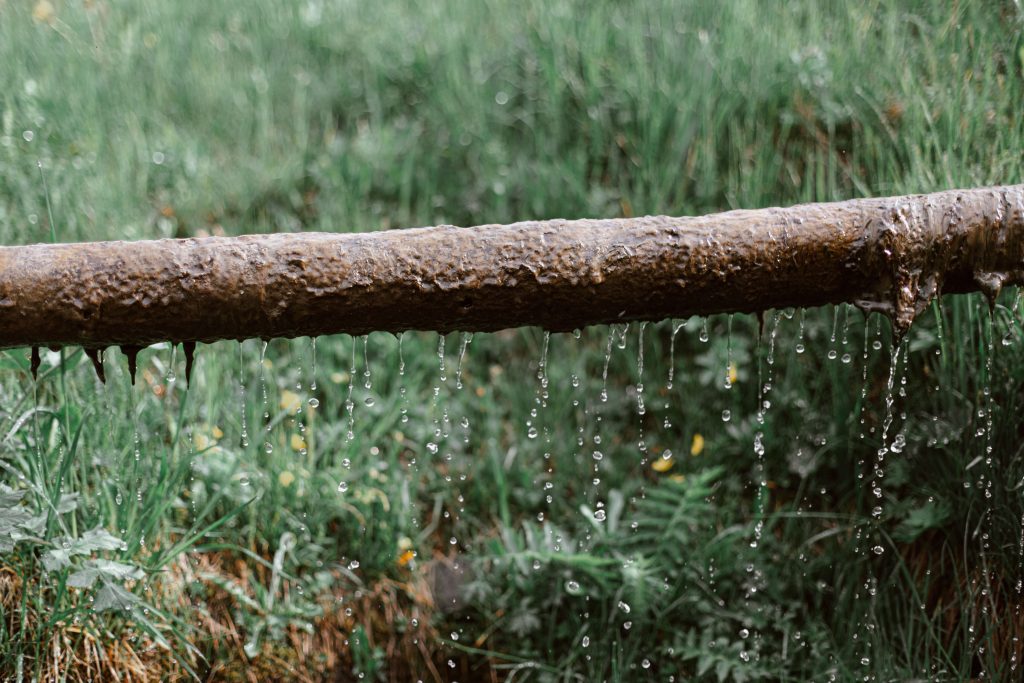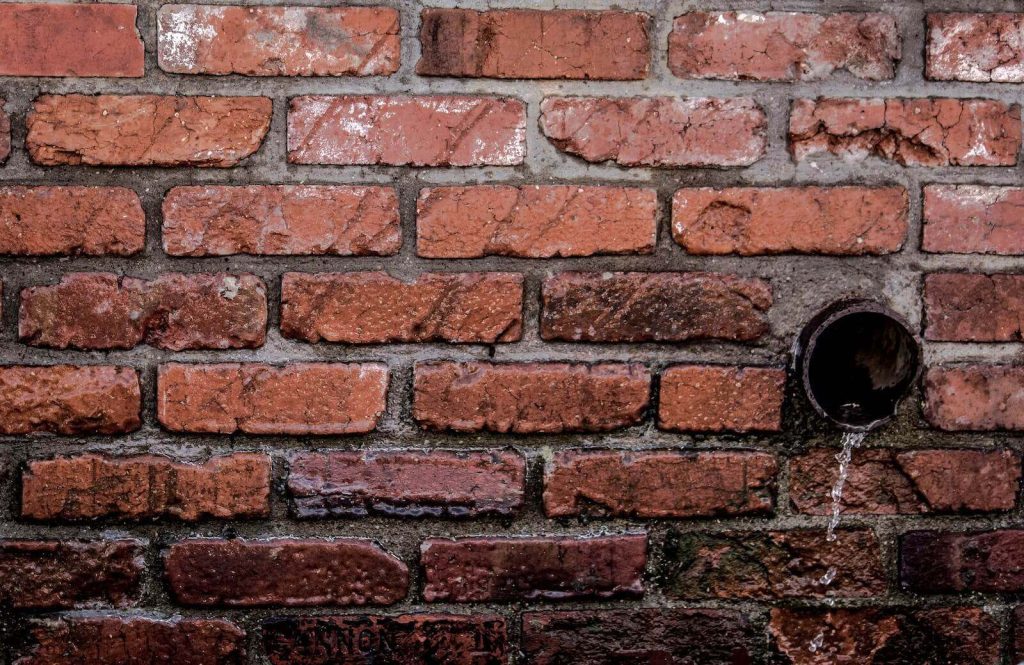THE IMPORTANCE OF PROPER WATER DRAINAGE
Yard flooding is more than just an eyesore. It can lead to structural issues in your home if it is not properly managed. Most drainage issues result in water near a home’s foundation. This water creates an immense amount of pressure and can cause your foundation to crack, shift and weaken over time. These issues can be somewhat mitigated with basement waterproofing, but it’s best to alleviate the pressure as much as possible. With an effective drainage plan, you can navigate water exactly where it needs to be – far from your home’s foundation.
EVALUATE THE SOURCE OF THE DRAINAGE PROBLEM
Before you can identify a solution for yard water, you need to discover the source. Is the water pooling up after a rainstorm, or is it the result of a sewer issue? For the purpose of this guide, we’ll focus on water that does not drain properly after a storm. Evaluate where the water pools up the most and what path it typically takes when it rains. Then you can find a way to redirect it elsewhere.
FIND A PATH TO DIVERT WATER AWAY FROM YOUR HOME
Once you know where the water is going, you can figure out where you want it to go. Then you can map a path connecting the two points. For example, if you have water falling off your roof into a drench by your foundation, you could use gutters to collect the water before it hits the ground. Then you can point the downspouts and corresponding drainage components to guide the water away from your foundation.
EFFECTIVE SOLUTIONS FOR YARD DRAINAGE PROBLEMS
Here are some common ways to address yard drainage problems:
- Gutters: Gutters are your home’s first defense against rainfall. Water falls off the roof into the gutters, and then the downspouts lead the water away from your foundation. If your roof is not draining water properly, you may need roof repair for optimal gutter performance.
- French Drains: French drains are essentially gutters below the ground. A French drain consists of a corrugated drain tile covered by gravel, topsoil, and geogrid fabric. Water trickles down through the fabric and rock into the drain tile. Then it is redirected to a designated spot on the property.
- Retaining Walls: Retaining walls do much more than break-up landscaping. They can play a pivotal role in yard drainage systems. The walls prevent soil erosion and can divert water away from outdoor entertaining areas. For large retaining walls, we strategically place weep holes to relieve water pressure during heavy rainfall. This protects the long-term structural integrity of the retaining wall.
- Reservoirs: In some cases, a reservoir is necessary to collect water in a yard. This is particularly common for yards with clay soil, where water cannot easily flow in the ground.
There are other ways to address drainage problems, depending on the soil, yard structure, property elevation, and more. We can help you decide which solutions are ideal for your property when you contact us for a consultation.
WHICH DRAINAGE SYSTEM IS RIGHT FOR MY YARD?
You don’t have to tackle yard drainage issues alone. The experts here at N&M Restoration can find the ideal solution for your yard. We provide in-person consultations and fast digital proposals. Whether you want a brick retaining wall, a complex network of French drains, or exterior basement waterproofing, our team is here to assist you. Contact us at (248) 924-9798 to schedule a no-obligation quote.






